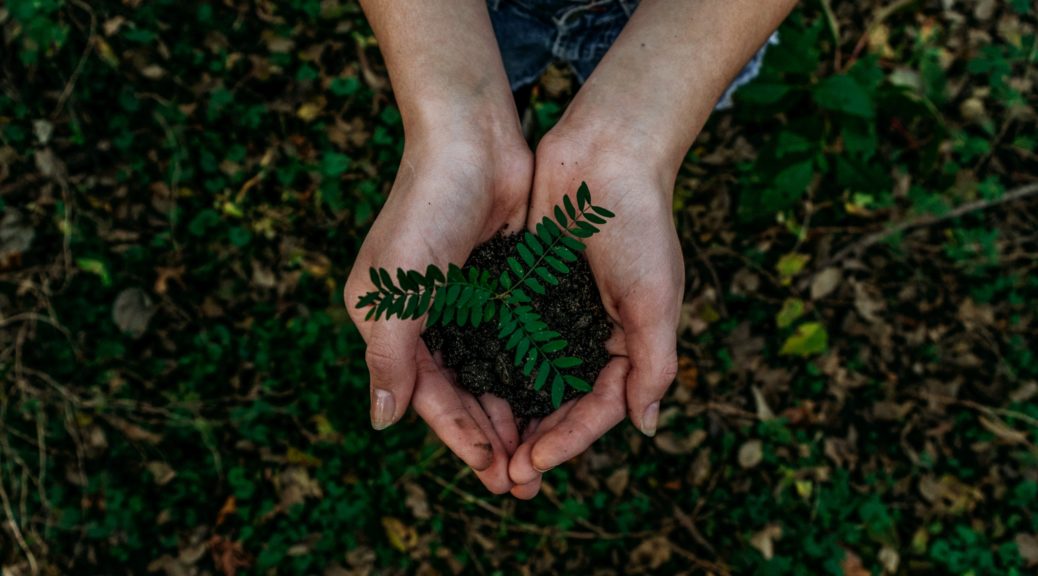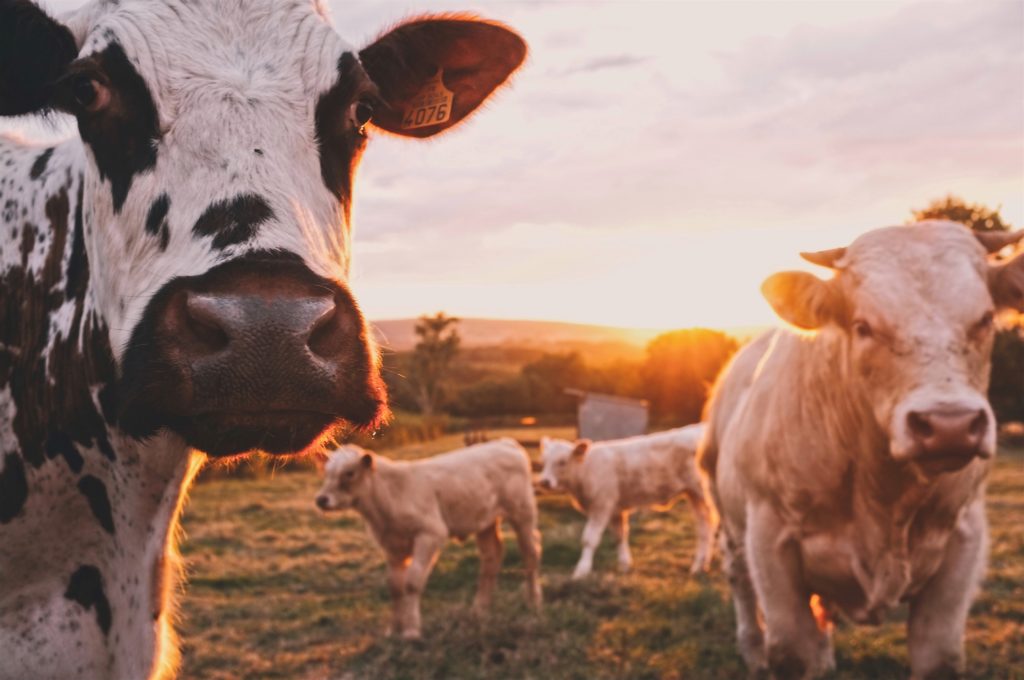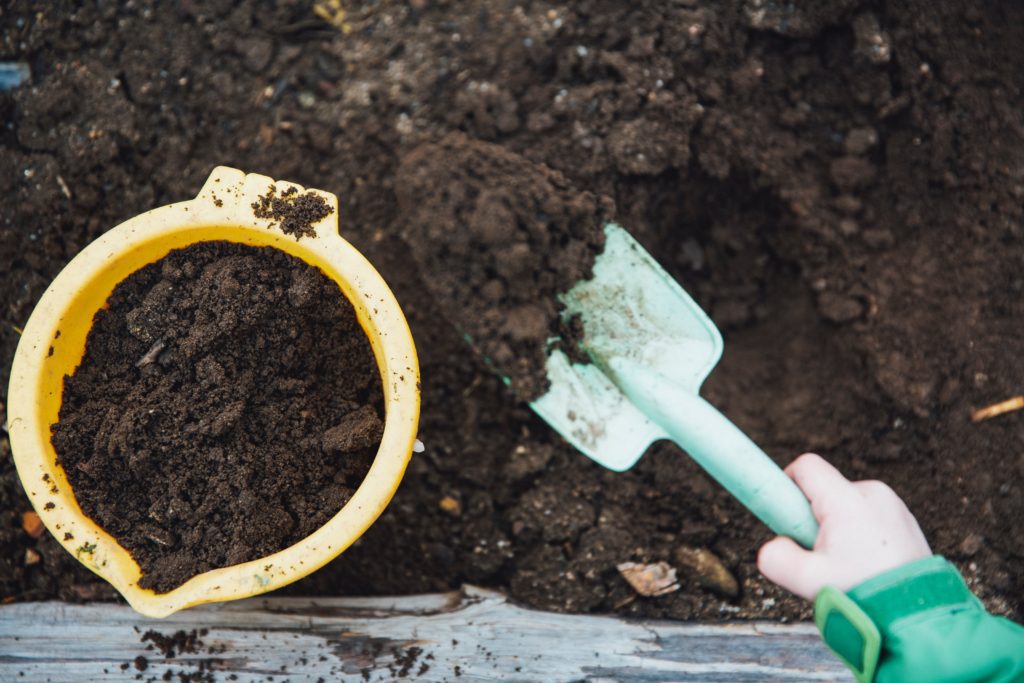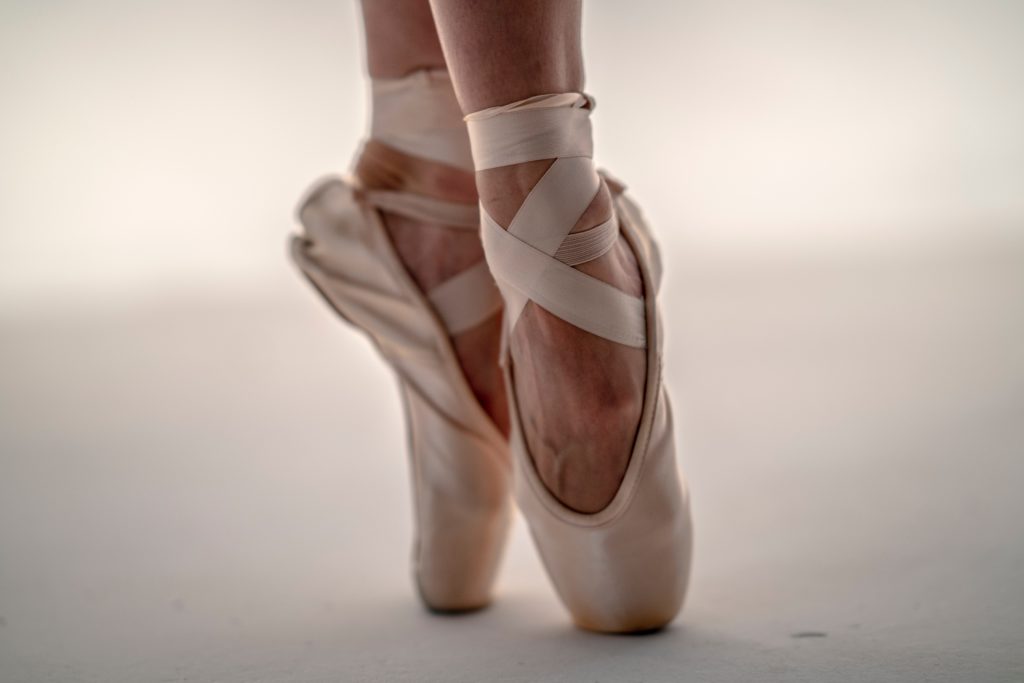By Tanya Chen
Edited by Natalie Grace Sipula
[3.5 minute read]
As the proverb goes, “beauty lies in the eye of the beholder.” However, I’ve noticed that throughout American history, “the beholder” has always been the white majority. With past beliefs playing a powerful role in informing modern-day views and practices, America’s deep-rooted struggle with racism has had a detrimental effect on society’s idea of beauty. When I look to models and influencers who are regarded as “beautiful,” very rarely do I see any representation that looks like myself. In this article, I will discuss the origins of white beauty standards and the subsequent effects that they hold on modern-day beauty standards in the modeling industry.
As a field with the sole purpose of generating revenue for large corporations by selling new trends and products to consumers, the modeling industry has to maintain its exclusive and posh appearance through glamorous models in order to appeal to the American audience. The aesthetics and appearances of the models set unrealistic expectations for ordinary women who feel pressured to look a certain way. These models often have Eurocentric facial features and have light skin. The modeling industry is the most prominent example of how corporations have internalized white beauty standards to sell their products.

The modeling industry is known to pull inspiration from and appropriate Black, Indigenous, and people of color (BIPOC) culture through music and visuals used for shows, hairstyles, and even skin tones. Cultural appropriation is when people from a dominant culture take aspects of the culture of a marginalized group that has been historically devalued, and divorce those aspects from their original meaning. They then use what they took from that culture for entertainment value (such as in fashion). For example, cornrows and dreadlocks have historically been challenging for Black women to wear confidently because of how society has negatively viewed them, but some white celebrities have been seen wearing them. This double standard and example of cultural appropriation show how the modeling industry views BIPOC people as unworthy of respect, despite capitalizing off of their culture.
By utilizing other cultures to their own advantage, one would imagine that the industry would be willing to give proper representation to BIPOC models and their identities. However, the industry still refuses to hire more than a few BIPOC models per show. While the industry views BIPOC culture as something that they can appropriate, they don’t view these models as worthy enough to represent the idea of beauty and glamour that they perpetuate. When questioned about this, many of the shows’ executives claim that BIPOC models don’t fit their creative vision or intended audience. BIPOC models are told by the industry that their features and personas don’t fit what America considers beautiful. The modeling industry’s treatment towards these identities and appearances shows that they only recognize BIPOC culture when it is beneficial and there is money to be made off of it.

In today’s society, many other industries have the same problematic values, such as the film and music industry. They choose to capitalize off of BIPOC culture when it fits their capitalistic agenda. BIPOC cultures are more than just an aesthetic experience. This is a problem that has resulted in BIPOC people experiencing continued hardships. A failure to recognize this shows how the modeling industry is a flawed system that fails to serve as a proper example to women everywhere what the standard of beauty should be.
Tanya is a rising senior studying Business Administration. She is from Southern California and enjoys taking advantage of the SoCal beaches. After teaching Mandarin to kids in underprivileged communities, she realized she had a strong passion for social work. On campus, she is involved with LA Community Impact and is a Marshall Research Assistant. In her free time she enjoys watching film analysis videos, designing graphics, and playing with her dog, Mochi.







